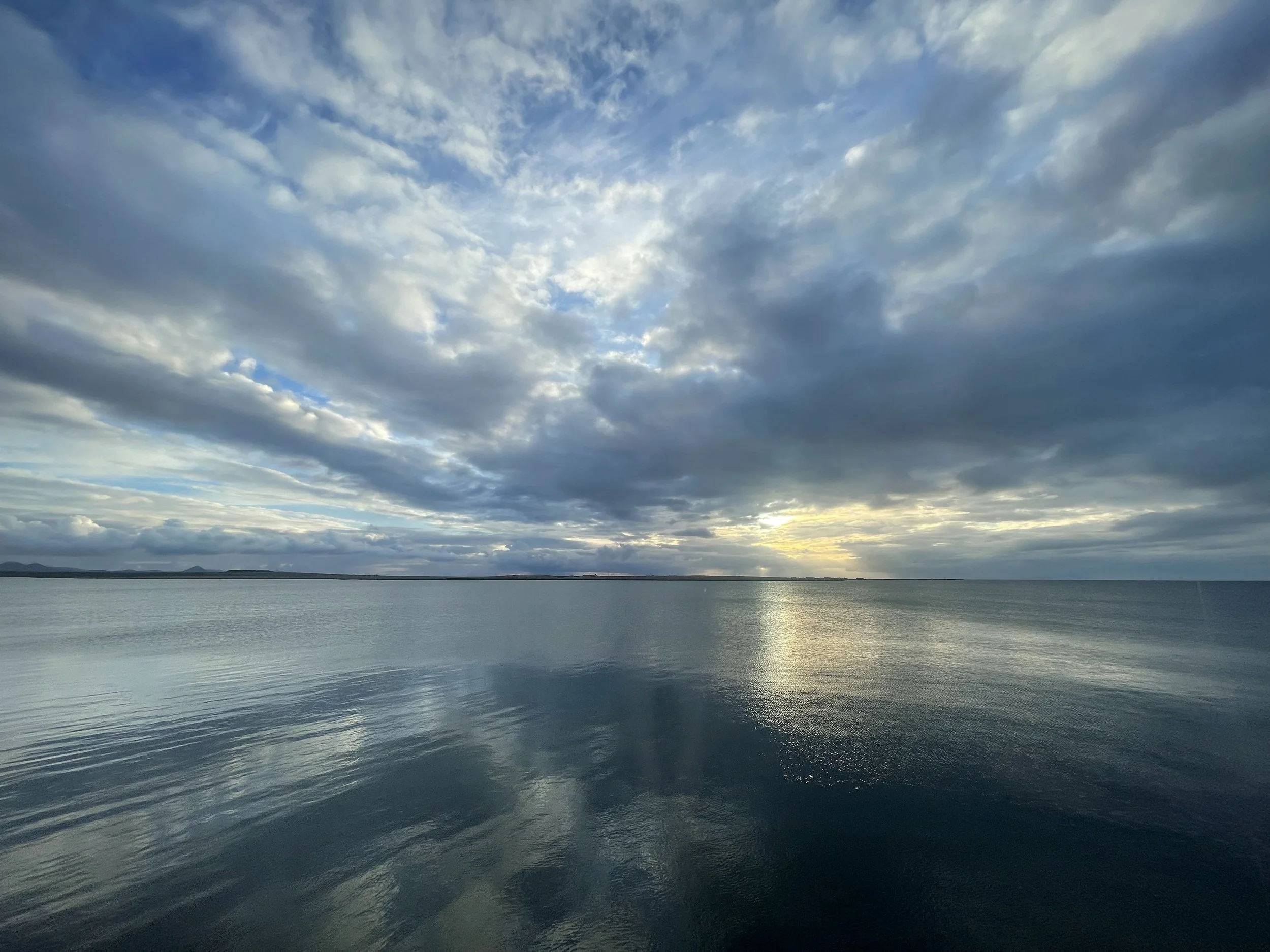Except for students of Hinduism, Sri Ramakrishna is a largely unknown figure in the West. Yet his teaching and influence have helped shape the global interfaith movement. His vision, if not his name, came to Europe and America through his student and devotee, Swami Vivekananda, whose electrifying contributions at the 1893 World’s Parliament of Religions are invoked as the beginning of the interfaith movement. Marcus Braybrooke’s profile is so carefully researched that TIO is breaking its long habit of not using footnotes. For those who want to study Ramakrishna, they point the way.
Although no single person, group of persons, or religious tradition can be solely credited with the emergence of the interfaith movement – a vast and complex movement to which many hands and minds have contributed – it is certainly true that the interfaith movement as it exists today would be inconceivable without the contributions of Sri Ramakrishna and Swami Vivekananda.





